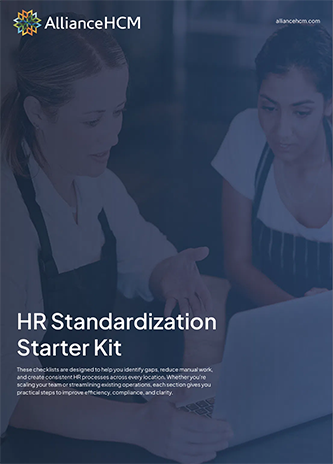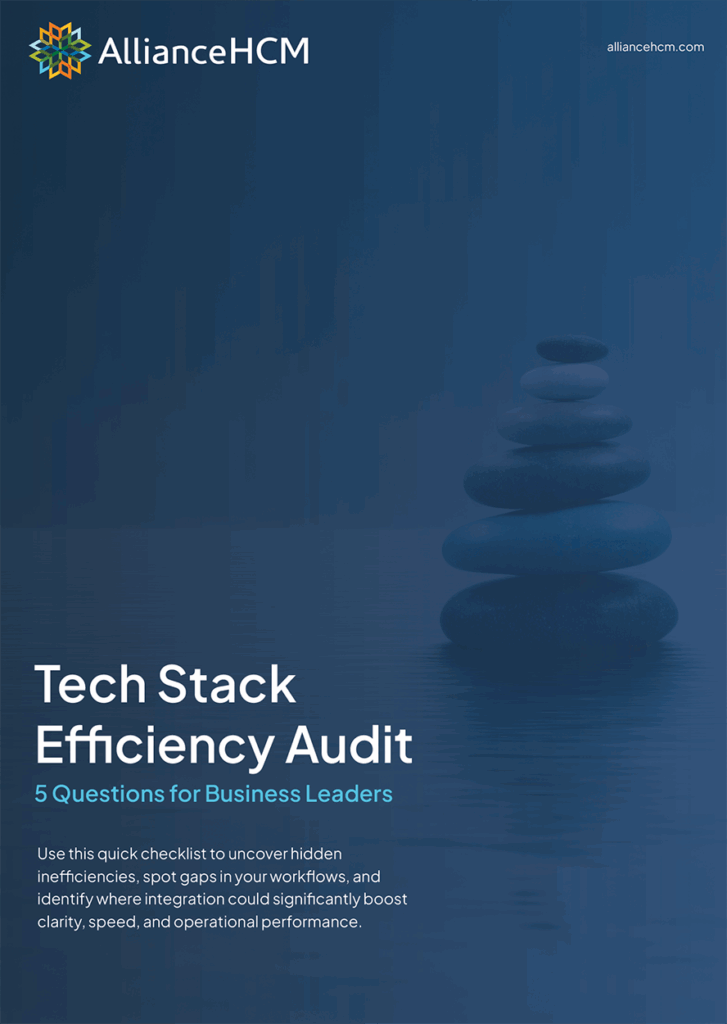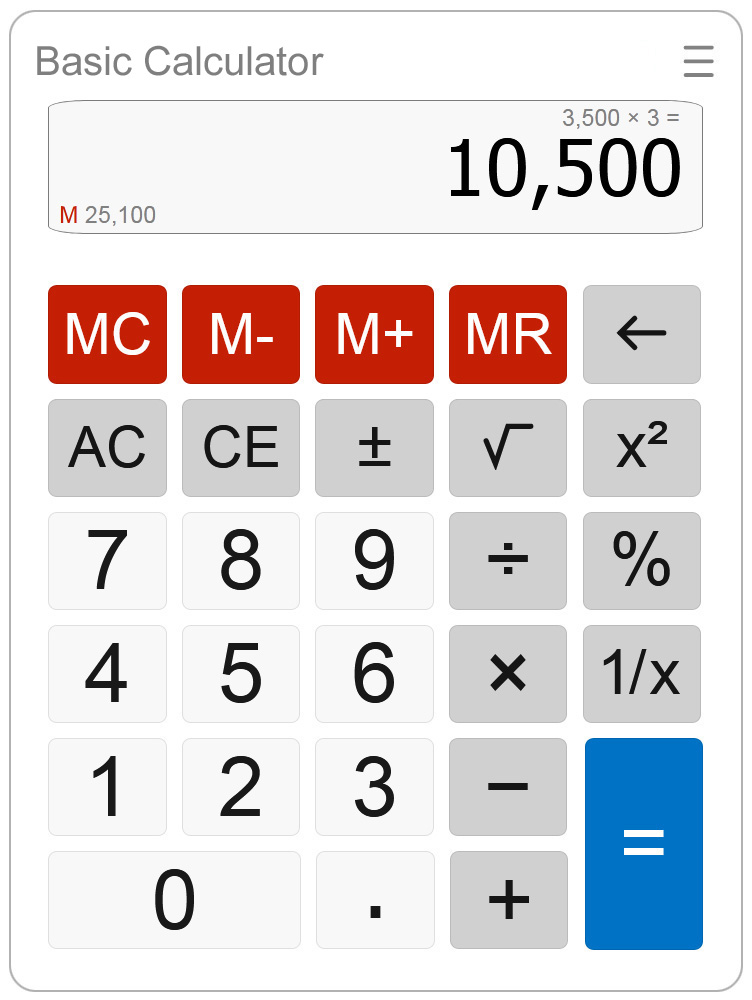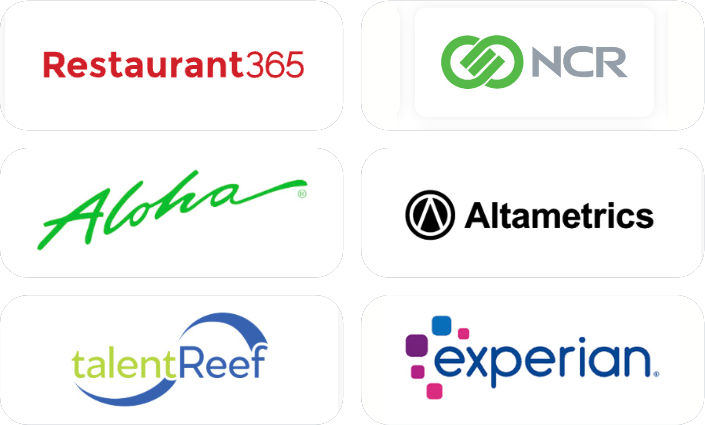The United States has enacted the Families First Coronavirus Response Act (FFCRA), requiring employers with fewer than 500 employees to provide paid leave to employees impacted by COVID-19 and offer tax credits to employers who do so. The law takes effect no later than April 1, 2020, and expires on December 31, 2020.
The following is all we currently know about the payroll tax credit under the FFCRA and how to access or administer it. We will update this page as soon as new information or guidance is available. The full announcement can be found here. The Department of Labor has also released fact sheets for employees and employers and a question and answer document.
The three points of interest for employers:
- Emergency FMLA Expansion
- Emergency Paid Sick Leave
- Tax Credits for Paid Sick and Paid Family and Medical Leave
Emergency FMLA Expansion
The Emergency Family and Medical Leave Expansion Act amends the Family and Medical Leave Act (FMLA) to temporarily require employers with fewer than 500 employees to provide public health emergency leave (PHEL).
Eligible Employees:
Employees must work for an employer with fewer than 500 employees and have been employed for at least 30 calendar days before leaving to be eligible for PHEL.
Covered Leave Purpose:
Eligible employees may use up to 12 weeks of job-protected leave to care for a child under 18 if:
- The child’s school or place of care has been closed
- The childcare provider is unavailable due to a public health emergency, defined as an emergency concerning the coronavirus declared by a federal, state, or local authority.
Pay During Leave:
The first 10 days of leave may be unpaid, but the employee can elect to use other paid time off and emergency sick leave under the FFCRA. After ten days, employers must pay no less than two-thirds of the employee’s regular rate of pay for the number of hours they would usually be scheduled to work, capped at $200 per day.
Exception:
The act reserves the Secretary’s right to exclude certain care providers and first responders from the list of eligible employees. Also, to exempt small businesses with fewer than 50 employees if business viability is jeopardized.
Reinstatement to Position after Leave:
The same reinstatement provisions apply as under traditional FMLA. The employer must generally return the employee to the same or equivalent position. However, restoration to the position does not apply to employers with fewer than 25 employees if certain conditions are met:
- The job no longer exists because of changes affecting employment caused by an economic downturn or other operating conditions that affect employment caused by a public health emergency
- The employer makes reasonable efforts to return the employee to an equivalent position
- The employer makes efforts to contact a displaced employee if anything comes up within a year of when they would have returned to work
Emergency Paid Sick Leave
The Emergency Paid Sick Leave Act requires employers with fewer than 500 employees to provide paid sick leave to all employees.
Basic Leave Claim:
All full-time employees (no matter how long they have been employed), must be provided with 80 hours of paid sick leave. Part-time employees are entitled to paid sick leave amounting to the average number of hours they work over two weeks. Employers may be able to exclude employees who are health care providers or emergency responders.
Covered Leave Purposes:
Employees are entitled to use their leave when they are unable to work (or telework) because of the following reasons:
- Quarantined or isolated subject to federal, state, or local quarantine/isolation order
- Advised by a health care provider to self-quarantine (due to concerns related to COVID-19)
- Experiencing symptoms of COVID-19 and seeking a medical diagnosis
- Caring for an individual doing #1 or #2 (2/3 pay)
- Caring for a child whose school or place of care is closed due to COVID-19 (2/3 payment)
- The employee is experiencing any other substantially similar condition (2/3 payment)
Note: Employers are prohibited from requiring an employee to use other paid leave provided by the employer before using paid sick leave required by the Emergency Paid Sick Leave Act. Employers are also prohibited from requiring workers to find a replacement to cover their hours during their time off.
Exception:
The act reserves the Secretary’s right to exclude certain care providers and first responders from the list of eligible employees and exempt small businesses with fewer than 50 employees from providing paid leave for child care if business viability is jeopardized.
Rate of Pay:
During the sick leave, the employer must generally pay employees their regular rate of pay (as defined by the Fair Labor Standards Act) or the applicable minimum wage, whichever is higher, up to a maximum of $511 per day (and a total of $5,110). However, leave to care for an individual on quarantine/isolation/self-quarantine or to care for a child whose school or daycare is closed or whose childcare provider is unavailable may be compensated at 2/3 of the employee’s regular rate of pay, up to a maximum of $200 per day (and a total of $2,000).
The determination of hours to be paid for employees with variable work schedules is based on the average hours the employee was scheduled per day over the six months. This would end on the date on which the employee takes such leave, including hours when the employee took leave of any type. Suppose the employee does not have a six-month work history with the employer. In that case, hours are based on the employee’s reasonable expectation when hiring of the average hours the employee would normally be scheduled to work.
Notice Requirements:
Employers must post a model notice, which will be provided by the Department of Labor, which should be available by March 25, 2020. We will update this page with notice information as soon as it is available.
Tax Credits for Paid Sick and Paid Family and Medical Leave
Under the law, employers with fewer than 500 employees are allowed a credit against employer Social Security tax liability equal to 100 percent of the qualified sick leave wages paid by the employer, subject to the caps discussed above. The credit is increased by certain specified health expenses (such as employer-paid health plan premiums) that are excluded
from employees’ income.
The tax credit effectively reduces the amount of federal employment taxes that must be deposited with the IRS, usually within a few days of the payroll date. This is intended to provide the funds needed to pay sick and family leave benefits under the law. However, in some cases, such as the complete closure of a business, the Treasury Department and IRS will process claims for the tax credit’s advance payments.
Because the credit is fully refundable, employers will receive reimbursement of the amount paid, subject to the caps, even if their tax liability is less than the amount paid out in the required leave. Emergency paid sick leave, and PHEL wages paid are also exempt from Social Security taxes otherwise imposed on the employer.





